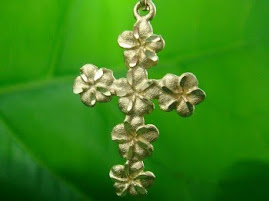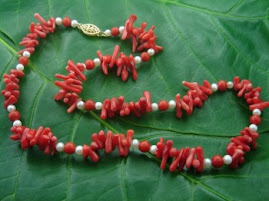When it comes to variety of colors – bronze, gold, lavender, black, aqua, blue, green, red, cream, yellow, or white – freshwater pearls come into mind with its exquisite array of brilliance and delicate color shades. With its high demand in the market, fake jewelry products are everywhere. To avoid trickery, buyer must put in mind pearl jewelry basics.
The first thing a buyer must check is the origin of each jewelry piece. Countries that mass produce freshwater pearls are China, USA, and Japan. Even though, put in mind that similar pearl pieces like those on a necklace are hard to find. Freshwater pearls are the most affordable pearls in the market but if it sold in rock bottom prices, it is best to be critical with the quality of the jewelry. Ask the seller about the origin of the jewelry and check if such pearl farms have the ability to produce large quantities of balls.
Average freshwater pearls are usually 4 to 11 mm in size. As mentioned earlier, if it is the buyer’s desire to collect pearls with the same size, he would need to shell out more money.
Even though
freshwater pearls have different color palettes, the most common tints in the market are white and cream. Others have natural tints of green, pink, or purple. Unless otherwise stated, a brown or black pearl is already treated with synthetic additives. If a set of pearls come with a rare natural color, it is likely to be very expensive.
Lastly, the shape of freshwater pearls is never perfectly round. If it is not oval, coin-shaped, or button-shaped, the pearl is less likely to be a freshwater pearl.




